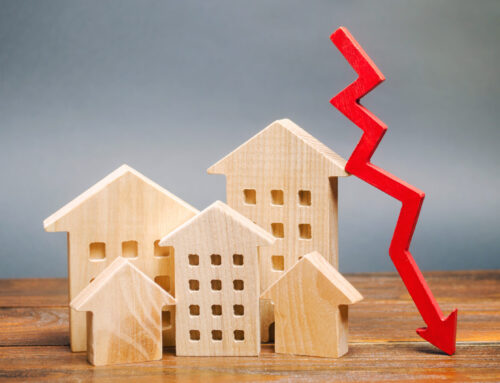A recent report – released in late May 2022 – shows the industrial commercial real estate (CRE) boom is far from over, even when the “headwinds” are accounted for.
The May 2022 Matrix Industrial Report, from Yardi Matrix, says that although the “economy hit a rough patch in the first quarter due to inflationary pressures and rising energy prices, […] demand for industrial space continues to be robust”.
The continued presence of market fundamentals like increased consumer spending and job growth are adding to the sense of resilience seen from the sector, which has made huge strides since the dawn of Covid-19 kicked online shopping and fulfilment into particularly high gear.
Drag factors
CRE in general and the industrial CRE sector in particular do face a range of economic pressures as we look to the second half of the year. Slower economic growth in the first quarter, supply chain issues, and “persistent inflationary pressures” are not insignificant depressive factors, but the drivers of demand are not going anywhere either.
Boost factors
The boost factors, on the other hand, include “healthy consumer spending”, and “the need to bring the nation’s stock up to snuff to support modern logistics”.
Additionally, occupancy across most US metros remains high and “rents are growing well above historical levels around the country,” according to the report. Rental averages across the US have increased by 440 basis points year-on-year.
Industrial building supply chain
The report calls the new supply chain for industrial building “extraordinarily robust”, but, as Commercial Property Executive reporting on the report highlights, “[a]lthough the under-construction pipeline is ballooning, experts see the industrial market as severely undersupplied”.
This assessment, from Prologis, draws from several different data sources including the Purchasing Managers Index, retail sales data, and job growth statistics, to posit that the US has “16 months of available industrial inventory”.
Reportedly, over 640 million square feet of industrial space was under construction nationwide at the end of April. Including planned projects takes the pipeline to 650 million square feet.
Global trend
Far from being a US-only trend, demand for industrial is high among most developed economies – or almost anywhere with a strong consumer base demanding more and quicker online shopping and delivery. As this Financial Times article shows, that’s the case even where Amazon space acquisition is slowing: “There has been record demand for UK warehouses in the past two years,” they write, “with take-up north of 50 [million] square feet compared with a pre-pandemic average of 32 [million square feet]”.






